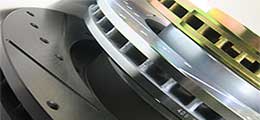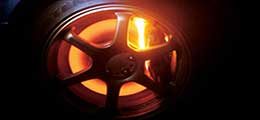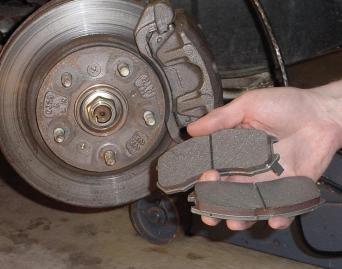
Any serious performance driver will look at a brake pads in a different way than your average joe before purchasing.
There are a few details to examine before deciding on a brand. Of these, the main thing that qualifies a pad suitable for its particular application is its friction coefficient. Another important number to look at is recommended operational temperature range, and such information is available from all pad manufacturers, so don’t pass it up.
* Source: aa1car.com
Most brake pads are actually very well tested in controlled environments, and are done so to guarantee a certainly level of performance at peak use.
Pads are also often very heavily abused during these tests to determine their limits, and verify their levels of friction and wear. Pads are also tested to prove their overall stability in all types of conditions, so you can rightfully put stock in these numbers and claims.
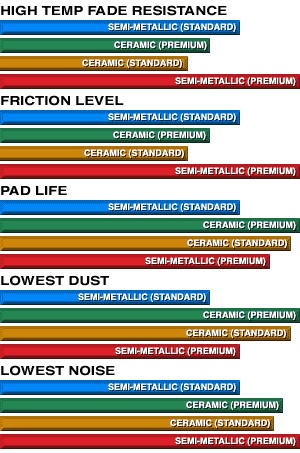
* Source: brakeperformance.com
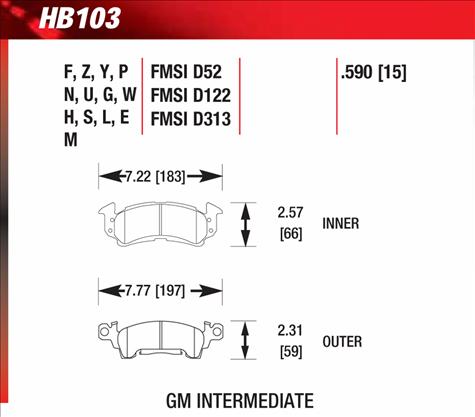
By taking a look at the preferred brake pad manufacturers specs, you can source the specific coefficient of friction listed on the box or spec sheet very easily, and can ultimately determine how well the pad will grip or bite the rotor. This magical number will not only tell you about how hard the pad will stick, but also the rate of pad wear as they are directly related to each other.
Your typical everyday driver only needs an adequate amount of grip coming from their pads, but not so much that the pads wear down quickly. A driving enthusiast or racer on the other hand will most certainly want a pad with a very high coefficient of friction to stop the vehicle at a very fast rate. If brake pads must be changed out often by choosing the performance route, then the driver will need to pay for this level of performance.
* Source: theboombopshop.com
The main thing that is going to determine variance in the coefficient of friction is the material composition of the pads. Some materials will provide more friction than others, and manufacturers combine different ratios of metals and carbon to alter friction numbers. Pad compounds are compiled to work well at different temperature ranges; a brake pad that does not have a high friction level at a higher temperature range might have a high friction level at low temps and vice versa.
Brake pad friction numbers vary depending on the temperature of the pad, but not always. On your typical brake pad, friction is reduced at higher temps, and on an increasing scale.The typical F1 racing pad on the other hand will operate with a very low amount of friction when cool, but will carry a very high amount of friction at a higher temperature range.
If you are indeed trying to use your brake pads for high performance braking, you will have to ask yourself the following questions:
Do I need my brake pads to perform well on the track over long periods of times when hot?
OR
Do I need my brake pads to perform remarkably well in short bursts when primarily cool?
* Source: f1technical.net
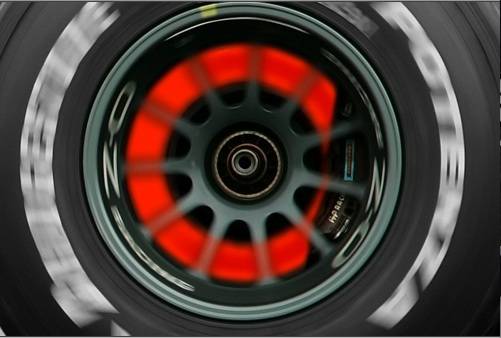
Racing pads used for maintaining friction for long periods of time will be more expensive and are only specified for the track. These types of pads are most widely available online.
Racing pads are designed to be used only at very high temps, and should never be used on the street as they will not perform as expected.
A street pad that has a very high coefficient of friction can be purchased from most part stores at a moderate price. These are the pads that work well in short bursts and will deliver the most friction for the purpose of power braking.
Ponder all of theabove factors listed when making a choice in brake pads for your driving type and preference.



